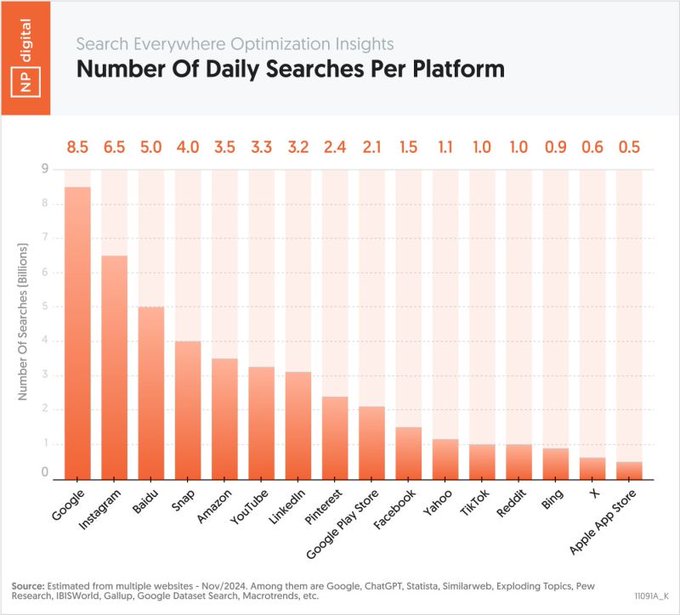In the ever-evolving medical landscape, artificial intelligence (AI) has begun to play an increasingly important role. From diagnosing rare diseases to personalizing treatments, AI promises to transform how we approach health. Recently, researchers at Harvard Medical School developed a revolutionary AI model called CHIEF (Clinical Histopathology Imaging Evaluation Foundation), which promises to redefine cancer detection and diagnosis.
A Qualitative Leap: CHIEF and its Remarkable Capabilities
CHIEF is not just a simple diagnostic tool. It represents a qualitative leap from existing AI models, offering unprecedented versatility and accuracy. Imagine an AI capable of analyzing digital histopathological images with 94% accuracy in cancer detection, predicting the molecular profile of tumors, and anticipating patient survival. Yes, CHIEF does all this and much more.
This ability to perform multiple tasks, from cancer detection to genetic profiling and survival prediction, sets it apart from traditional AI models, which are often specialized in a single task or a single type of cancer. CHIEF has been tested on 19 types of cancer, including lung, breast, prostate, and colorectal cancer, demonstrating flexibility similar to large language models like ChatGPT.
How the Magic Works: CHIEF’s Expertise and Performance
The secret to CHIEF’s remarkable performance lies in its extensive expertise. The model was trained on 15 million unlabeled images, fragmented into sections of interest, and subsequently on 60,000 complete tissue images. This approach allowed the model to relate specific changes in a region to the general context, giving it a holistic image interpretation capability.
After lengthy preparations, CHIEF was tested on over 19,400 complete tissue images, from 32 independent datasets, collected from 24 hospitals and patient cohorts worldwide. The results were impressive. CHIEF outperformed other state-of-the-art AI methods by up to 36% in tasks such as cancer cell detection, tumor origin identification, patient outcome prediction, and identification of genes and DNA patterns related to treatment response.
A remarkable aspect of CHIEF is its adaptability. The model performed equally well regardless of how the tumor cells were obtained – by biopsy or surgical excision – and regardless of the technique used to digitize the cancer cell samples. This adaptability makes it usable in various clinical settings, a significant step beyond current models that tend to perform well only when reading tissues obtained through specific techniques.
Beyond Detection: Molecular Profiling and Survival Prediction
Cancer detection is just the beginning. CHIEF is capable of predicting the molecular profile of tumors, providing crucial information for determining the future behavior of the tumor and optimal treatments. The genetic makeup of a tumor provides essential clues about how it will evolve and how it will respond to therapies.
Furthermore, CHIEF successfully predicts patient survival based on histopathological images of tumors obtained at the time of initial diagnosis. This ability to anticipate disease progression can help doctors personalize treatments and improve patient outcomes.
Innovative Discoveries: Extracting New Information About Tumor Behavior
CHIEF is not limited to analyzing existing data. The model is capable of extracting new information about tumor behavior, identifying revealing patterns in images related to tumor aggressiveness and patient survival. To visualize these areas of interest, CHIEF generates heat maps on images. When human pathologists analyze these AI-derived hot spots, they observe intriguing signals that reflect interactions between cancer cells and surrounding tissues.
These innovative discoveries show the potential of AI to reveal unknown aspects of cancer, offering new perspectives for diagnosis and treatment.
A Step Towards Treatment Personalization
One of the most promising aspects of CHIEF is its ability to identify patients who might benefit from experimental treatments. By analyzing the molecular profile of tumors, the model can identify specific molecular variations that might respond to targeted therapies.
This capability is particularly important in the context of personalized therapies, which are becoming increasingly common in cancer treatment. Identifying patients who might benefit from experimental therapies can significantly improve treatment outcomes and offer new hope for cancer patients.
The Future of Cancer Diagnosis: Next Steps
Researchers at Harvard Medical School continue to refine CHIEF’s performance and expand its capabilities. Plans include:
- Additional training on tissue images from rare diseases and non-cancerous conditions: This will expand the model’s scope and improve its ability to diagnose a wider range of conditions.
- Inclusion of pre-malignant tissue samples: This will allow the model to identify cancer in early stages, before cells become fully cancerous, improving the chances of treatment success.
- Exposing the model to more molecular data: This will enhance the model’s ability to identify cancers with different levels of aggressiveness and predict treatment response.
- Training the model to predict the benefits and side effects of new treatments: In addition to standard treatments, the model will also be able to predict response to experimental therapies, further personalizing treatment.
Implications and Impact
The widespread implementation of CHIEF and similar AI models could have a significant impact on cancer diagnosis and treatment. These tools could:
- Improve the accuracy and efficiency of cancer diagnosis: Early and accurate cancer detection is essential for improving treatment outcomes.
- Personalize cancer treatments: By identifying the molecular profiles of tumors and treatment response, doctors can tailor therapies to individual patient needs.
- Accelerate the development of new therapies: AI data analysis can help identify new therapeutic targets and accelerate the development of innovative drugs.
- Reduce disparities in access to diagnosis and treatment: AI tools can be used in resource-limited environments, providing access to high-quality diagnosis and treatment for more patients.
A Promising Future: Collaboration Between AI and Medicine
CHIEF represents a remarkable example of AI’s potential to transform medicine. However, it is important to emphasize that AI will not replace doctors. It will become a powerful tool in the hands of healthcare professionals, helping them make more informed decisions and provide more effective treatments.
The future of cancer diagnosis and treatment lies in the collaboration between AI and human medicine. By combining the analytical power of AI with the clinical expertise of doctors, we can create a smarter, more accurate, and more humane healthcare system. CHIEF is just a first step, but a giant leap, towards a future where cancer is no longer a death sentence, but a manageable challenge, addressed with the help of technology and the compassion of human medicine. A future where every patient benefits from personalized treatments, tailored to their unique needs, thanks to the symbiotic collaboration between artificial intelligence and the expertise of doctors.





